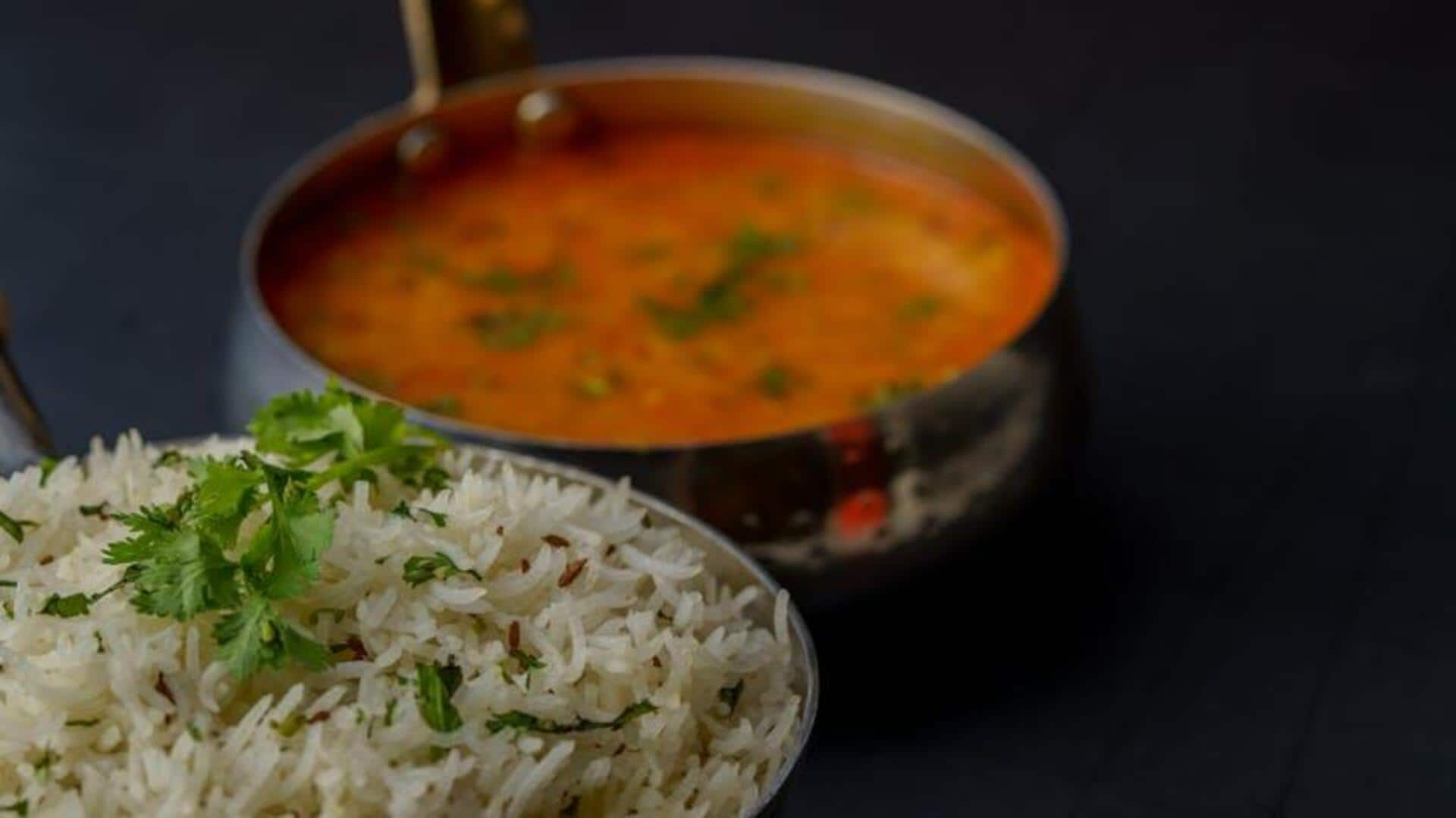Unlock the Versatility of Coconut in Indian Cooking! Discover 10 Surprising Uses to Elevate Your Dishes!
Coconut, the humble fruit from the coconut palm, is a staple in Indian households, especially in coastal
regions. We all know it's used in curries and sweets, but did you know it has so many more uses? Beyond the usual, coconut can add a unique flavour and texture to many Indian dishes.
Let's explore ten surprising ways you can incorporate this versatile ingredient into your cooking and bring new dimensions to your meals and everyday dishes. From thickening agents to crispy toppings, coconut has much to offer.
Prepare to be amazed by its versatility and discover innovative ways to use it in your daily cooking! You'll wonder why you weren't using coconut in these ways all along.
Coconut milk powder enhances vegetarian dishes with thickening and flavor
Firstly, coconut milk powder makes an excellent thickening agent. Instead of using cornstarch or maida for thickening your vegetarian curries, try adding a tablespoon or two of coconut milk powder. It will not only thicken the gravy but also impart a subtle sweetness and nutty flavour.

This is especially fantastic for vegetable kormas or creamy tomato-based gravies. You can also use it to thicken soups. Another surprising use is in making chutneys.
While coconut chutney is well known, try adding grated coconut to other chutneys like mint-coriander chutney for a richer flavour and smoother texture. The coconut mellows the sharpness of the mint and coriander, creating a more balanced and delicious accompaniment to your snacks or meals. It will give a very surprising texture
Coconut oil adds unique twist to Indian baking, enhances flavors
Secondly, coconut oil can be used in baking. While ghee and butter are common in Indian baking, coconut oil offers a unique twist. Use it in cakes, muffins, or even cookies for a delicate coconut flavour and a moist texture.

It works particularly well in recipes with spices like cardamom or cinnamon, complementing the warm and aromatic flavours. You can replace butter with coconut oil in a 1:1 ratio in most baking recipes. Beyond sweetness, for crispy dosas, try drizzling coconut oil around the edges while cooking.
It adds a delicious aroma and helps achieve that perfect golden-brown colour and crispiness. The hint of coconut elevates the humble dosa to a whole new level of taste and flavour. So, experiment with coconut oil and experiment with new twist.
Coconut enhances flavor and texture in savory dishes
Thirdly, instead of breadcrumbs, try using desiccated coconut for coating cutlets or tikkis before frying. It will give them a beautiful golden crust and a slightly sweet and nutty flavour. This works exceptionally well with potato cutlets or vegetable tikkis.

The coconut adds a pleasing texture and a subtle flavour that complements the savoury filling. For a healthy snack or a quick breakfast, try adding grated coconut to your upma. It adds moisture, texture, and a subtle sweetness that balances the savoury flavours of the upma.
The coconut also provides a boost of healthy fats and fibre, making it a more nutritious and satisfying meal. Experiment with different types of upma, such as rava upma or vegetable upma.
Coconut sugar enhances Indian sweets and breakfast dishes
Fourthly, coconut sugar makes a great substitute for white sugar in sweets and desserts. It has a lower glycemic index and a caramel-like flavour that adds depth and richness to your recipes.
Use it in traditional Indian sweets like ladoos, halwa, or barfi for a healthier and more flavourful alternative. The natural sweetness of coconut sugar blends well with the other ingredients, creating a delightful treat.
Beyond traditional sweets, try adding a sprinkle of desiccated coconut to your poha for a touch of sweetness and texture. The coconut adds a pleasant chewiness and a subtle flavour that elevates the simple poha to a more interesting dish.
It's a great way to add a little indulgence to your everyday breakfast. It provides a great texture and feel.
Use coconut flour for rotis, coconut milk for biryani
Fifthly, you can make coconut flour rotis or parathas. Mix coconut flour with regular wheat flour to create a healthier and gluten-free alternative. The coconut flour adds a slight sweetness and a subtle coconut flavour to the rotis or parathas.

These are perfect for people with gluten intolerance or those looking to add more fibre to their diet. Adding to a staple, coconut milk can enrich the flavour of your vegetable biryani. Instead of water, use coconut milk to cook the rice and vegetables.
It will impart a creamy texture and a subtle sweetness that enhances the overall flavour of the biryani. This is a great way to add a touch of luxury to your vegetarian meal. You must try to cook in this manner..
Surprising uses of coconut water and flakes in cooking
Sixthly, a surprising use includes adding coconut water to rasam or sambhar. It may sound unusual, but it adds a subtle sweetness and a refreshing flavour to these South Indian staples. The coconut water also helps to balance the spiciness of the dish.

Try adding it towards the end of cooking for the best results. You can also add toasted coconut flakes to your salads for a crunchy and flavorful topping. Toasting the coconut brings out its nutty flavour and adds a satisfying crunch to your salads.
It works well with both sweet and savoury salads, adding a touch of the tropics to your meals. Make sure you enjoy well.
AI Generated Content. Glance/InMobi shall have no liability for the content










